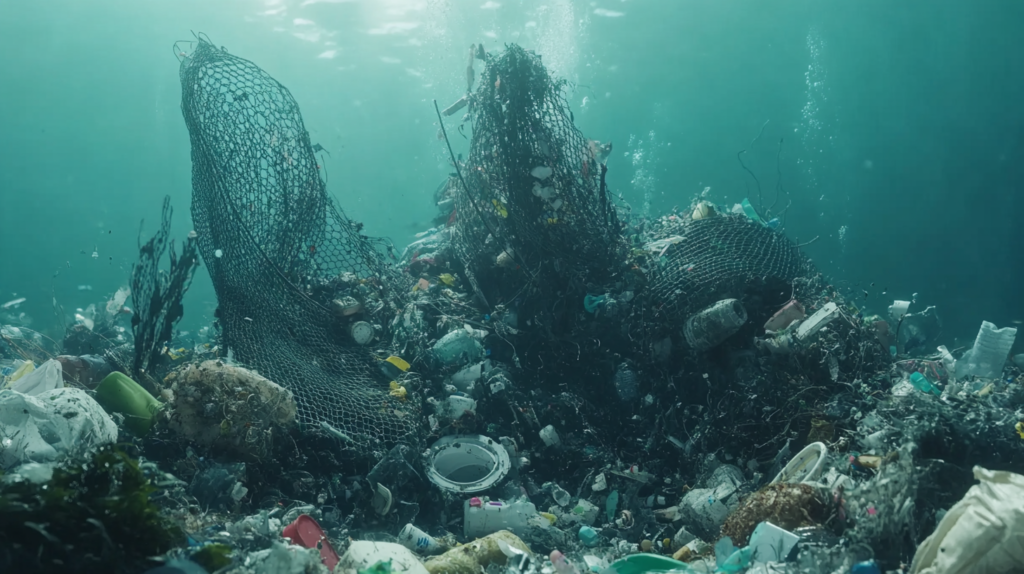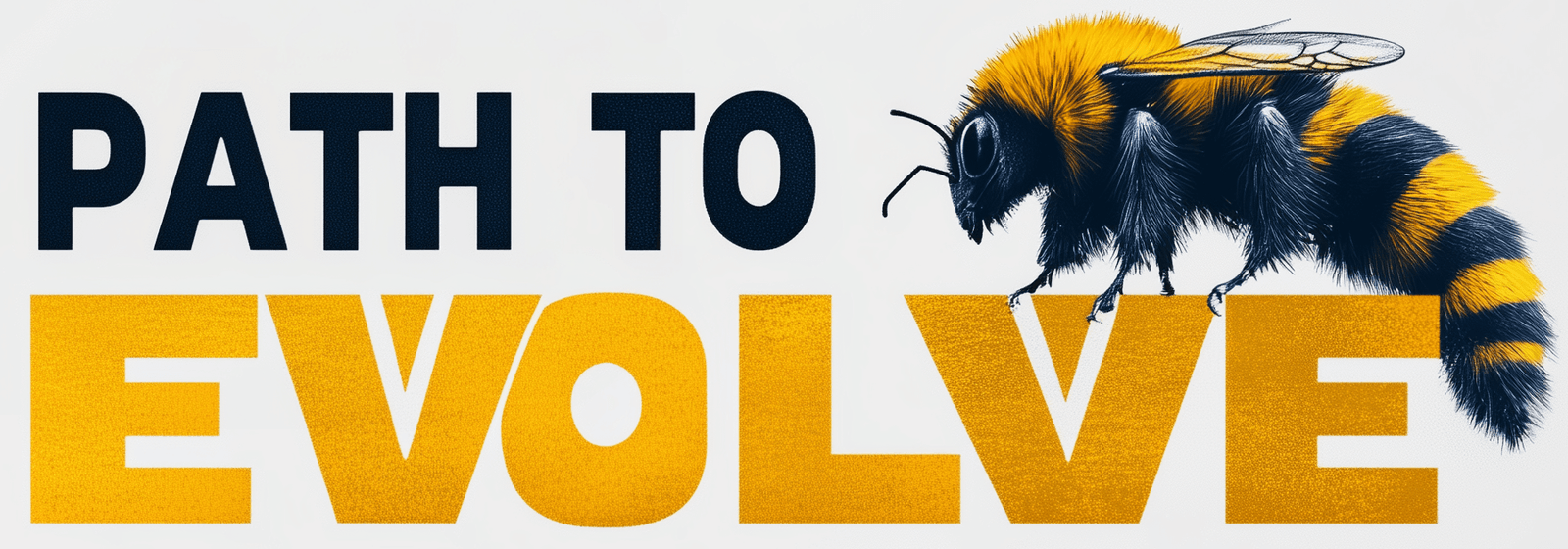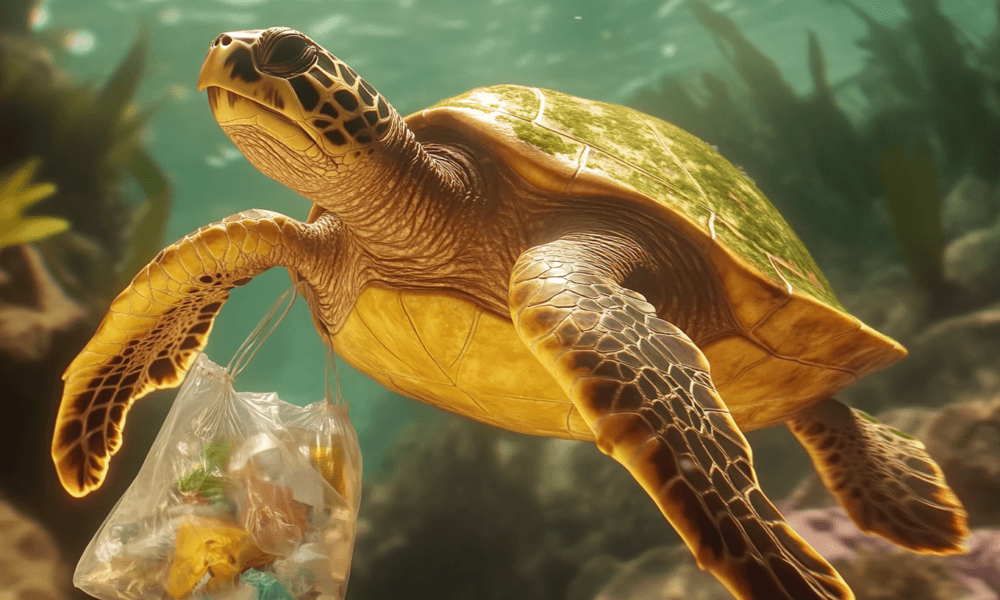Plastic Pollution: A Global Crisis in Our Oceans
Plastic pollution has become one of the most pressing environmental issues of our time. Every year, millions of tons of plastic enter our oceans, causing devastating effects on marine ecosystems and biodiversity. Plastic is ubiquitous in modern life, from packaging to everyday products, but its persistent nature means it can remain in the environment for hundreds of years. This article explores the extent of plastic pollution, its impact on marine life, and the global initiatives aimed at reducing plastic waste and protecting our oceans.
The Extent of Plastic Pollution
Plastic pollution is an escalating global problem. According to a report by the World Economic Forum, over 8 million metric tons of plastic enter the ocean each year—equivalent to dumping a garbage truck full of plastic into the sea every minute. Currently, there are an estimated 150 million metric tons of plastic in our oceans, and if no action is taken, this number could increase dramatically over the next few decades.
Sources of Ocean Plastic Pollution
Plastic waste in the ocean primarily comes from land-based activities. Approximately 80% of marine plastic pollution originates from sources such as:
- Mismanaged Waste: Plastics that are not properly disposed of can end up in rivers and coastal areas, eventually making their way to the ocean.
- Littering: Littered items, such as plastic bags, bottles, and straws, are carried by wind and waterways into the sea.
- Fishing Industry: Discarded fishing gear, also known as “ghost nets,” makes up a significant proportion of ocean plastic. Ghost nets are dangerous because they continue to trap marine animals long after they are abandoned.
- Microplastics: Microplastics are small plastic particles less than 5mm in size. They come from the breakdown of larger plastic items, as well as from personal care products like exfoliating scrubs and synthetic fabrics. These particles are often too small to be filtered out by wastewater treatment plants and end up polluting the ocean.

The Great Pacific Garbage Patch
The Great Pacific Garbage Patch is one of the most well-known examples of plastic accumulation in our oceans. Located between Hawaii and California, it is a massive area of floating plastic debris, estimated to cover an area twice the size of Texas. The garbage patch is not a solid island of plastic but rather a collection of microplastics and larger debris that float in the ocean, forming a “plastic soup.” These patches are caused by ocean currents known as gyres, which trap and accumulate floating plastic waste.
Impact on Marine Life
Plastic pollution has a profound impact on marine ecosystems, affecting millions of marine animals each year. The consequences of plastic pollution are both direct and indirect, with countless species suffering from entanglement, ingestion, and habitat disruption.
1. Entanglement
Many marine animals, including sea turtles, seals, and whales, become entangled in plastic debris such as fishing nets, six-pack rings, and plastic ropes. Entanglement can lead to injury, restricted movement, and even death by drowning or starvation. A report by the World Wildlife Fund (WWF) found that over 1,000 marine species are affected by entanglement in plastic waste.
2. Ingestion
Marine animals often mistake plastic items for food, leading to ingestion. Sea turtles, for example, may mistake plastic bags for jellyfish, while seabirds are known to consume plastic pellets and bottle caps. When ingested, plastic can cause internal injuries, blockages, and malnutrition, as animals feel full despite not receiving any nutrients. Studies have found that 90% of seabirds have plastic in their stomachs, a number that is expected to rise to 99% by 2050 if current trends continue.
Image Prompt: A sea turtle swimming near a plastic bag, illustrating how marine animals can mistake plastic for food.
3. Microplastics and the Food Chain
Microplastics are a significant concern for marine ecosystems, as they are ingested by a wide range of organisms, from plankton to fish. Microplastics can absorb harmful chemicals, which then enter the food chain and ultimately reach humans. The long-term health effects of microplastic consumption are still being studied, but there is growing concern about their impact on human health, particularly regarding endocrine disruption and other toxic effects.
4. Habitat Disruption
Plastic pollution can also disrupt marine habitats, particularly coral reefs. Plastic debris can smother coral reefs, blocking sunlight and preventing photosynthesis. Additionally, plastic can introduce pathogens that lead to coral diseases, further threatening the health of these critical marine ecosystems.
Initiatives to Reduce Plastic Waste
Addressing the plastic pollution crisis requires global cooperation and the adoption of innovative solutions. Governments, organizations, and individuals are taking steps to reduce plastic waste and protect our oceans. Here are some of the key initiatives:
1. Bans and Restrictions on Single-Use Plastics
Many countries have implemented bans or restrictions on single-use plastic items such as plastic bags, straws, and cutlery. For example, the European Union introduced a directive in 2019 that bans single-use plastic items like cutlery, plates, and straws across member states. Similar bans have been implemented in countries like Kenya, which has one of the strictest bans on plastic bags, with heavy fines for violations.
2. Ocean Cleanup Projects
Several organizations are working on initiatives to clean up existing plastic pollution in the oceans. One notable project is The Ocean Cleanup, founded by Dutch inventor Boyan Slat. The Ocean Cleanup has developed technology to remove plastic from ocean gyres, including the Great Pacific Garbage Patch. Since its inception, the project has successfully removed thousands of tons of plastic from the ocean.
3. Reducing Plastic Production and Promoting Alternatives
Reducing the production of plastic is a critical step in preventing ocean pollution. Companies are being encouraged to adopt sustainable packaging alternatives, such as biodegradable materials or reusable containers. The “zero waste” movement is also gaining traction, encouraging individuals and businesses to minimize plastic use and opt for reusable products.
4. Extended Producer Responsibility (EPR)
Extended Producer Responsibility (EPR) is a policy approach that holds producers accountable for the entire lifecycle of their products, including disposal. Under EPR schemes, manufacturers are responsible for funding the collection, recycling, and proper disposal of their plastic products. By making producers responsible for their waste, EPR aims to incentivize more sustainable product design and reduce the amount of plastic entering the environment.
5. Consumer Awareness and Action
Individuals play a crucial role in reducing plastic pollution. Consumers can make a difference by:
- Avoiding Single-Use Plastics: Choosing reusable bags, bottles, and straws instead of disposable ones.
- Recycling Properly: Ensuring that plastic waste is disposed of correctly and recycled whenever possible.
- Participating in Cleanup Efforts: Joining beach cleanups and other community initiatives to remove plastic waste from the environment.
Conclusion
Plastic pollution is a global crisis that requires immediate action to protect marine life and preserve the health of our oceans. The consequences of plastic pollution are severe, affecting marine animals, disrupting ecosystems, and ultimately impacting human health. However, with increased awareness, government policies, corporate responsibility, and individual action, there is hope for a cleaner future. Reducing plastic production, improving waste management, and supporting innovative cleanup projects are crucial steps toward solving the plastic pollution crisis and safeguarding our planet for future generations.




No Comment! Be the first one.